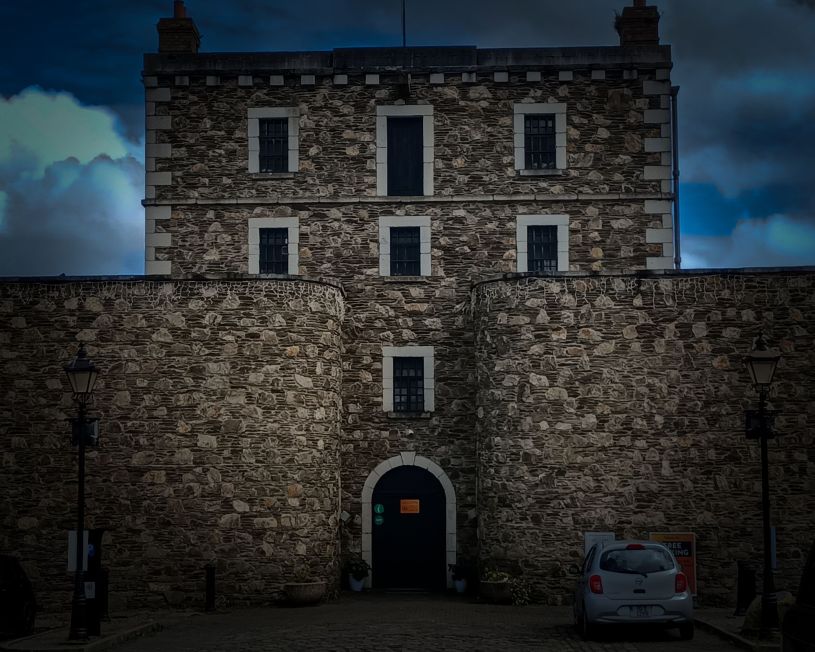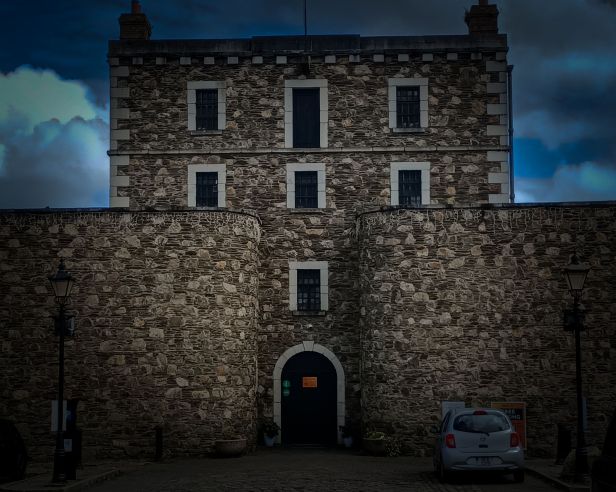
After hiking Lungaquillia yesterday and having more than a few drinks with Andy to celebrate , we were meant to go wild camping today as we need do do it for our ML qualification. It turns out that the weather outside is pretty grim though, so wild camping would not be pleasant. Not just that but we are both hungover so the decision to do something else comes pretty easily. Instead we decide to go to visit what is known as the most haunted building in county Wicklow, because what else do you do with a raging hangover. You might be wondering if I believe in ghosts, well I’m not sure I love the idea though and there’s still things out there we don’t understand. I’m yet to have an experience where I could say ‘ yup that was definitely a ghost!’ regardless of this though I still find supernatural stuff fascinating. And right now, these are the only spirits I can deal with without feeling instantly sick.
We arrive in the town of Wicklow itself and it’s easy to spot the Wicklow Gaol. This angry looking stone building is imposing and more than a little foreboding, appearing to loom over the street in front of it, it’s many windows like the eyes of a spider, watching victims arrive. It is not at all welcoming and arriving here must have felt terrifying if you knew what was in store, and even if you didn’t you likely got a sense of it from the way the building looks. Known appropriately as the ‘gates of hell’ you would pass through it’s huge, metal studded wooden door under the gallows door to nowhere set grimly into the top of the buildings façade above you, knowing you were about to start a sentence you were more likely to die during than finishing. The moniker ‘the gates of hell’ apparently came from no less than the inspector general who worryingly stated ‘The hellish noise, the roaring, swearing and clamour the stench and the nastiness, and the dreadful croud of afflicting things that I saw there; joyn’d together to make the place seem like an emblem of hell itself and a kind of entrance into it’
This building, if hell exists could be a gate into it having has seen some truly awful things happen in it, death, rape murder, starvation, disease and torture in large amounts. This was a place of pain fear, hate, anger and misery and if you believe in ghosts then you’ll also be thinking that things like that don’t go away, like a bloodstain stain that never fades. And who knows you may be right, I think you would have to visit yourself to find out however. Personally I think if there’s anywhere you would go ghost hunting, it would be somewhere like this place.
In the lobby we are greeted by a well placed sitting figure of a jailer (or prisoner?), and we proceed through into the gift shop to get tickets to buy tickets from two cheerful Irish ladies (very cheerful as they are selling tickets to a apparently very haunted place permanently scarred by death and misery) who are either in period dress or have been taking fashion tips from my great grandma.
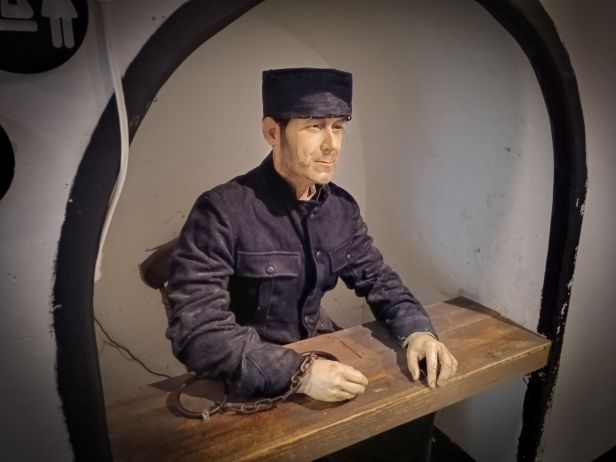
We enter at the ground floor of the Gaol and see grim and dingy, barely furnished cells which are probably an accurate reflection of how little these people had. The absolute bare minimum, and these cells are small cold and uninviting. And in this museum each cell tell the tale of it’s occupant through a small tannoy done by voice actors as if the person is talking to you. Rather than being cheesy as you would expect it’s actually quite unnerving. First up is the oldest ever person to be incarcerated here at 100 years old, Ellen Walsh. She was arrested for not paying her taxes and taken to Wicklow Gaol. Her mannequin in her cell is as creepy as the supernatural tales about the building. And of course a place like Wicklow Gaol with a long history of torture, death, disease and executions will have a few stories of the supernatural. There’s many other tales of the prisoners here but I will just focus on a few as otherwise this blog will end up being a book.
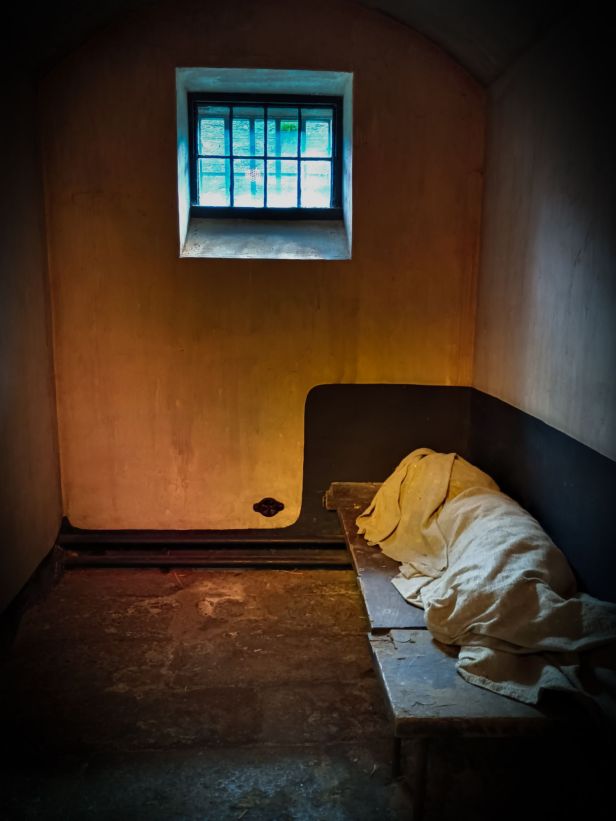
Living Conditions
The Gaol here is apparently nicer than the original building from the 1700’s (no longer standing) where prisoners were all kept together in one large room which had no facilities, no toilets no water no fresh air or heating. Bribery was rife and the Gaolers had nobody they had to report to being paid only 20 to 30 pounds a year to also cover food, straw (for bedding) and candles. It’s unlikely they did any of this, and prisoners were often expected to pay for their own food, which for some would have been impossible. The men and women were held together and rape was not uncommon. Even small debts could land you in the Gaol with real career criminals.
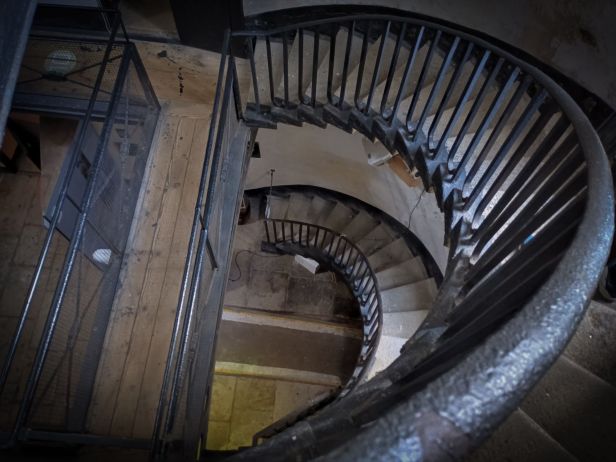
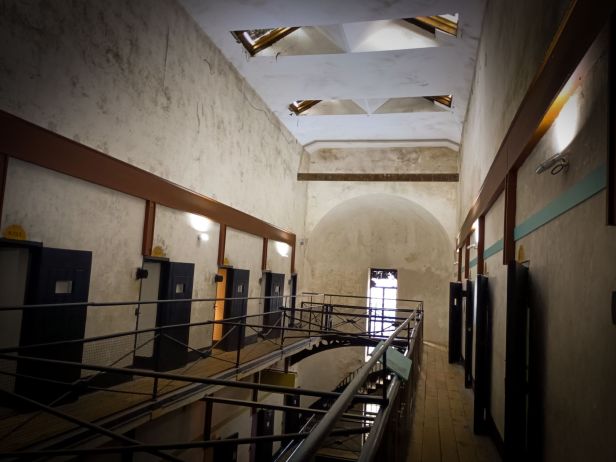
Children At The Gaol
Children were sentenced and punished in the same way as the adults before the prison reformation, and despite their obvious physical disadvantages made to walk the treadwheel with the adults. They often could not keep up the pace of the adults on the device and could fall and be crushed by them. There was no concession for children who would be flogged and starved just like the adults. Records show many children were held here including the youngest, one Thomas Pitt who was convicted for stealing, when he arrived at the Gaol he was only eight years old. Regardless of his age he was still handed the punishment of flogging.
Supernatural Sightings
There have been a lot of unusual things reported within these walls, paranormal events that have been experienced, we are told by more than one person at a time and even staff members. These include a green mist being seen on the main floor, the shade of a man walking out of cell 19 another ghostly male figure has been seen walking in front of the holding cell bars. Some have heard the sounds of children crying in the Gaol and there has even been what’s thought to be the spirit of a woman seen walking around the ground floor in a black cloak. Apparently these paranormal events have been experienced by more than one person at a time and even staff members. I can’t say we see anything or hear anything while we are here but the place definitely retains an unpleasant atmosphere. Dead prisoners in the Gaol were reportedly buried in quicklime with the prison walls, which definitely doesn’t fit with the idea of being at rest in a number of religions. I would spend a night here but I have to admit I think I would find it pretty freaky, the place has a vibe to it that is just a bit wrong. During the great famine the Irish Post says that thousands died here at the prison https://www.irishpost.com/news/the-9-most-haunted-places-ireland-154240 the Gaols website describing there were around 780 inmates cramped into the cells here at the time numbering 77. That’s around ten people per small cell. The famine was so bad some committed crimes in an attempt to get put in the Gaol where there was more if not much chance of getting fed.
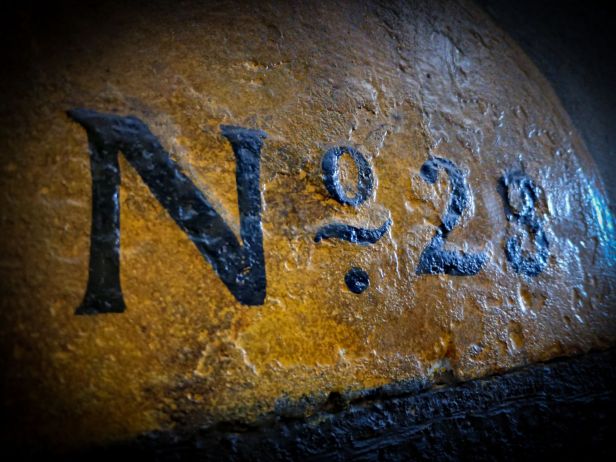
The Walking Gallows
We head down into the dungeon where we are promised that the stories are going to get much worse, and they do. If the ghost stories aren’t enough to freak you out, maybe the tale of the most terrifying figure associated with Wicklow Gaol, Edward Hepenstal is. Born in 1765 the man soon to be known as The Walking Gallows ironically practiced as an apothecary, essentially a pharmacist and someone who provided medicines to help people with their health. Hailing from Newcastle in County Wicklow to a rich family, it’s hardly surprising Edward managed to secure a position with the local militia in 1796 . He was said to be a huge, extremely strong man around 6.5 to 7ft tall and also apparently a true psychopath. War can bring out the worst in people but in Edwards case the worst was already there and gave him opportunity to exercise his tendencies for torture and murder, and unfortunately use them in his role as a Lieutenant.
The Wicklow Militia
The Wicklow militia also known as ‘the terrors of West Meath’ who Hepenstal was part of had a reputation for murder and massacre and in that way suited a man like Edward fine. Affiliated to the English they had a reputation for being cruel and barbaric, using methods of ‘pacification’ of the county such as flogging, half-hanging and the horrific ‘pitch capping’ all sanctioned by the crown. Flogging is beating someone with a stick, in the case of the militia it was often done so violently internal organs were reportedly exposed, and done in this way was often fatal. Pitch capping was a gruesome torture method where a conical paper cap was placed on the victims head and boiling tar was poured into it, which much have been excruciatingly painful and would have burned the recipient. As if this wasn’t already horrific for the person it was being carried out on the pitch was left to harden and then violently ripped off removing the victims scalp. Half-hanging was often used to interrogate victims, with a rope being pulled tightly around the victims neck until they lost consciousness the victim would then be revived and the process started again.
The Walking Gallows Victims
On the 5th May in County Kildare, Hepenstal and his men broke up an assault by defenders of the Carbury charter school. It was noted he killed two of the attackers by hand and then went on to capture another for interrogation. This was the first instance where there is a record of Heppenstal ‘half-hanging’ a man to gain information. However in this case he was said to only have used his height, strength and a cord around the man’s throat strung over his shoulder to do this.
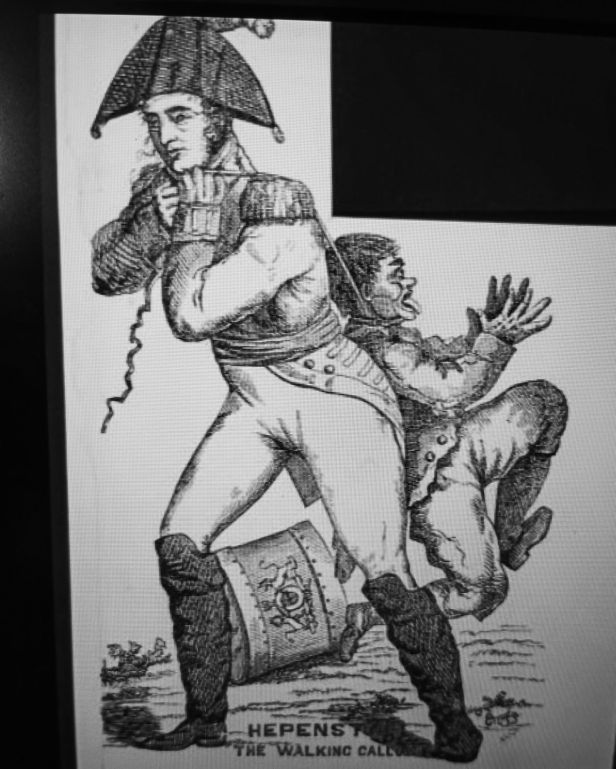
And by 1798 the Irish rebellion against the English had begun in full, at one point finding Hepenstal making his way through the dark late at night towards the village of Moyrove leading a troop of militia. Making their way into the village they woke the villagers using the alarm bell. A number of villages were reportedly killed but the worst of the night was yet to come. An older man and his two young sons were dragged from their home. Edward ordered the cord removed from a drum and using this and his height and strength hung the two young men one by one across his shoulders until life left them, with their father reportedly being made to watch this carried out.
It was also reported that Hepenstal choked an estate steward, using a silk sash thrown over his back while supporting the 9th Dragoons on 22nd April 1798 in their ransacking of Kilkea Castle in County Kildare. Finally the last recording instance of Hepenstal cruelly murdering someone was following a rebel defeat, where he used the method again on an already beaten up prisoner. The victim reported as ‘choking and gulping’ and then given ‘a parting chuck’ to break his neck and finish the job. His reputation clearly inspired fear as it was a folk belief apparently that he had a demon that took the form of a black cow that accompanied him.
A Cruel End For a Cruel Figure
In Febuary 1800 he may have enlisted with the 68th Regiment however it’s unlikely he began duty due to continuous illness. This could have been Karma catching up with him however it was likely just due to poor conditions. Edward died reportedly died relatively young at 35, and rather fittingly died a horrendous painful and slow death. He apparently contracted a serious and terrible disease and was then was reported devoured by vermin such as rats and mice. If you believe in Karma I guess that’s a fitting example.
Disease In The Gaol
If you weren’t killed by execution plenty of souls perished in Wicklow Gaol from disease. As it was overcrowded at most points during its operation this would have increased the chance of illness being passed around very quickly. As if being incarcerated here wasn’t grim enough when in full operation the building was said to have an unbearable stench to it, apparently likened to the smell of a pig farm rather than a holding place for humans. John Howard the English Gaol reformer stopped using his horse drawn carriage when visiting buildings such as this reportedly as the stench of the place stuck to his clothes. Instead he chose to visit on horseback in order to air himself out and try and alleviate the terrible smell.
The smell description probably gives you a pretty good idea of how unhygienic the Gaol was. One illness that was rampant here was ‘Gaol Fever’ known today as Typhus. In a place such as this where there were a lack of washing and sanitation facilities the body louse will have been common, the louse excretes Typhus in it’s faeces . The body louse bites the host and the person it’s residing on will scratch the bite, rubbing the louse faeces into the wound and therefore infect themselves with Typhus. The symptoms of the disease include fever, headaches a rash, confusion, rapid breathing, muscle and body aches, vomiting, nausea. And those are the basic symptoms the severe infection with this causes very low blood pressure, kidney malfunction, and development of gangrene, Pneumonia or both. The likelyhood of inmates surviving this was very low. German epidemiologist August Hirsch would go on to say “[t]he history of typhus … is the history of human misery.”
The Man They Kept Trying To Hang
William Peters was a notorious criminal who operated across a number of counties, and each time he was caught until the seventh time at least, he paid off the hangman having the noose lined and stuffed. Peters would pretend to be dead and find his way to freedom. The sixth time occurred in Wicklow Gaol, the seventh he finally found a hangman in Naas, County Kildare he couldn’t buy.
Punishment And Torture: Flogging
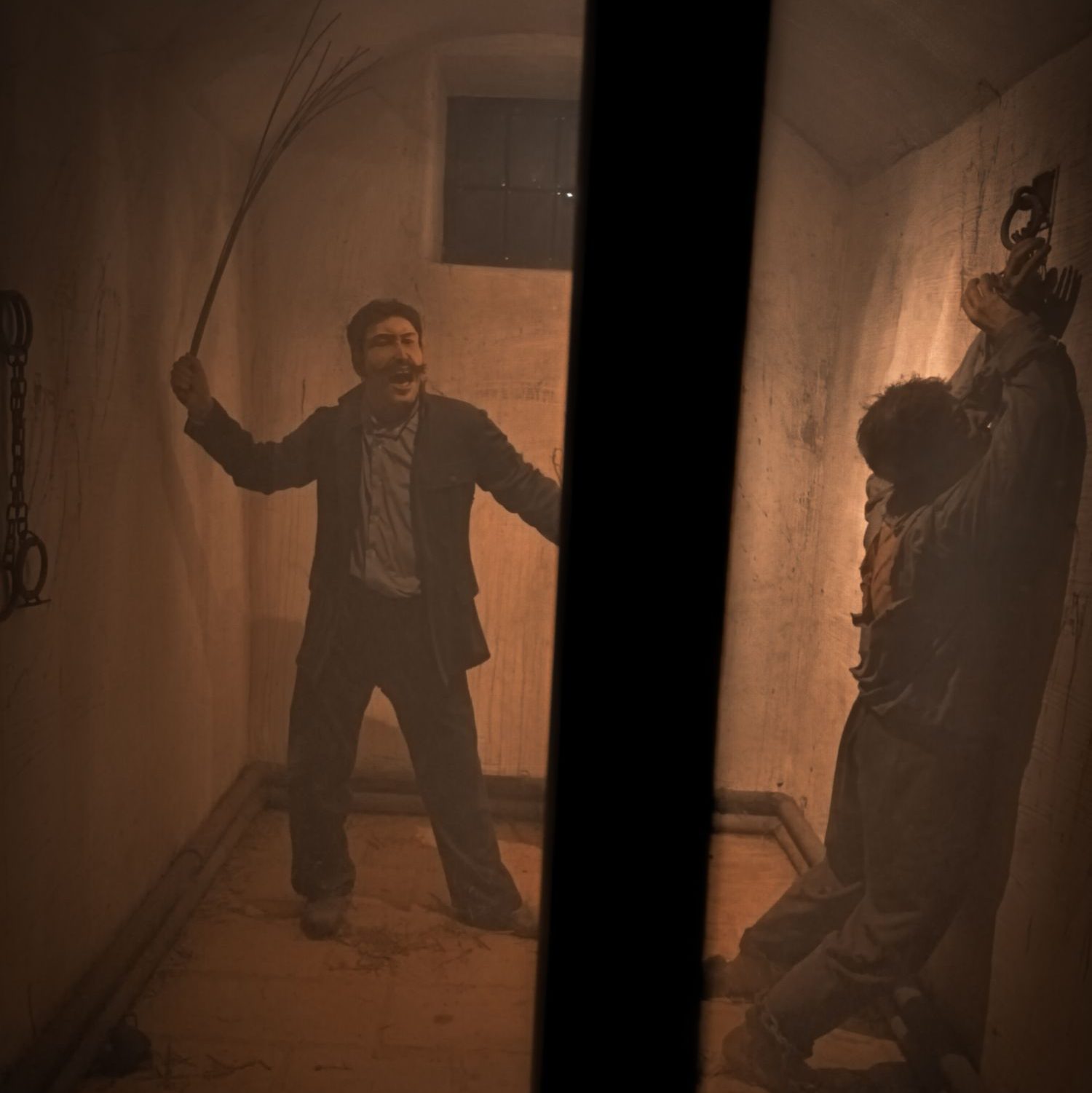
As you can imagine the Gaol had a number of unfortunate things in store for it’s residents some of these including flogging one particularly disturbing recreations of this exists in the dungeon area. This was carried out by other prisoners, which sounds terrible for both involved unless of course on prisoner had a vendetta against the other.
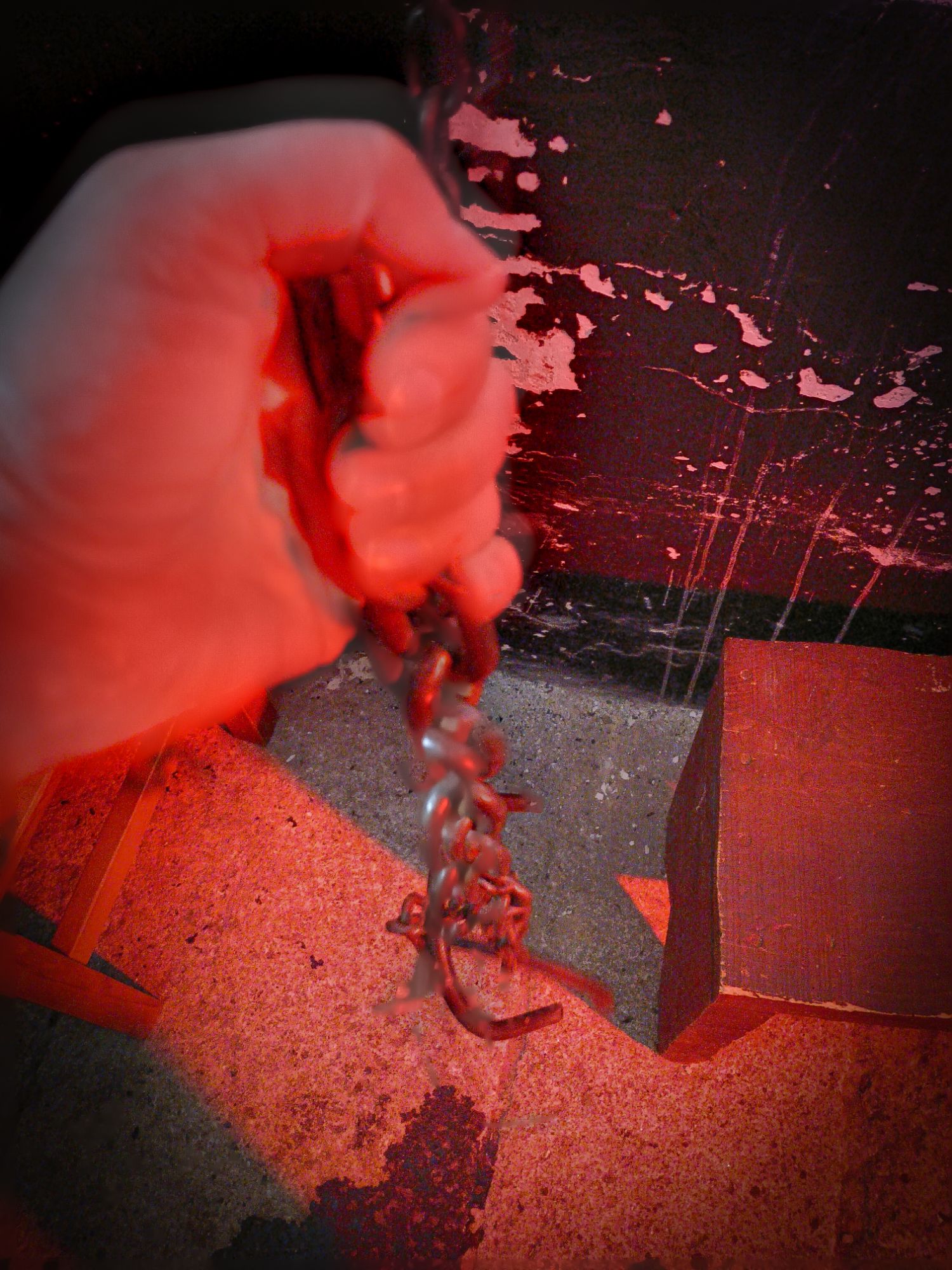
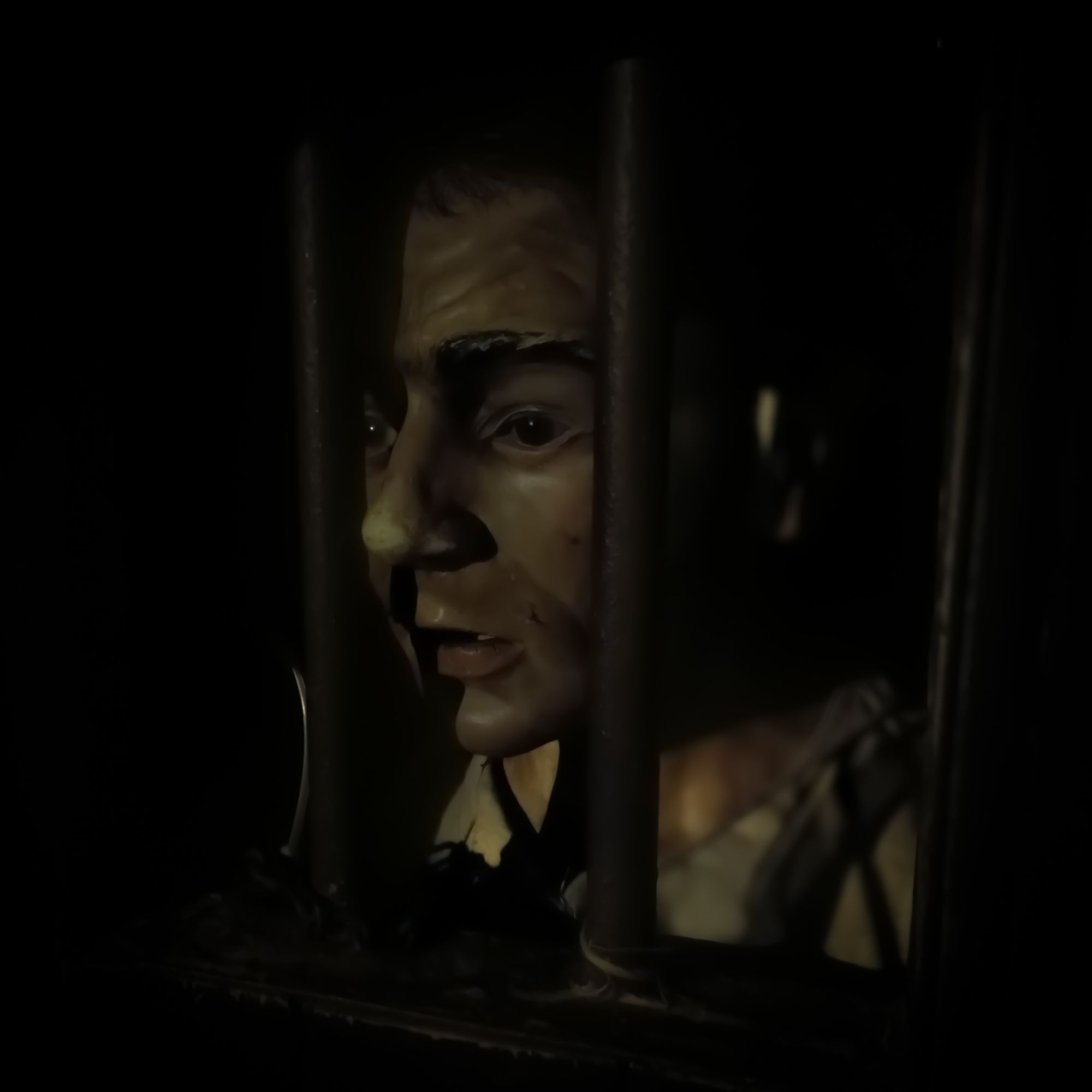
The Treadwheel
The treadwheel is a device I’ve seen before, employed in Beaumaris Gaol I’ve visited on Anglesey, another reported haunted Gaol. It was also known as an ‘everlasting staircase’ in Beaumaris this was incorporated to operate pumps to move water around the building, not so in Wicklow Gaol where it was used purely as a meaningless and spirit breaking punishment. The treadwheel was a wooden device comprised of a wide and hollow cylinder with wooden plank steps built onto it all around an iron cylinder as a frame. Imagine like a hamster wheel for human beings, with prisoners all turning the wheel by ascending the steps which would then drop down as the wheel turned forcing the prisoner to continue to climb these steps that never end. To make the punishment worse the prisoners could not speak as each set of steps were separated by a built on wooden wall . This went on for three hours a day if it was winter probably in any conditions, and four in summer, struggling in the heat of the sun. The treadwheel was exceptionally large and would have been able to hold as many as forty prisoners at a time.
Hard Labour: The Shot Drill
The shot drill was a nasty punishment classed as hard labour, though again serving no purpose, the object was a large and heavy steel ball, the turnkey would instruct him to pick up the ball , not using his legs but his back (likely causing damage to the spine over time being an incorrect way to lift) and lift the object to chest height before placing it back down. This excruciating punishment was expected to be carried out in total silence despite it’s damaging effects and physical effort involved. If the inmate made a sound rations would be taken off them for a day as further punishment, for a prisoner who was likely already starving this would have been morale destroying.
There is a lot of graffiti left by the Gaols former inmates which adds a feeling that they haven’t quite left but nothing reads like unfinished business than the graffiti scratched into the wooden desk on the second floor that reads ‘James Doye, Bray, got 6 months H.L from old Lord Meade the old hours bastard of hel god dam him’ you can really feel the hate in this message. Especially knowing the damage six months of carrying out something like the shot drill or rock breaking would do to an inmate.
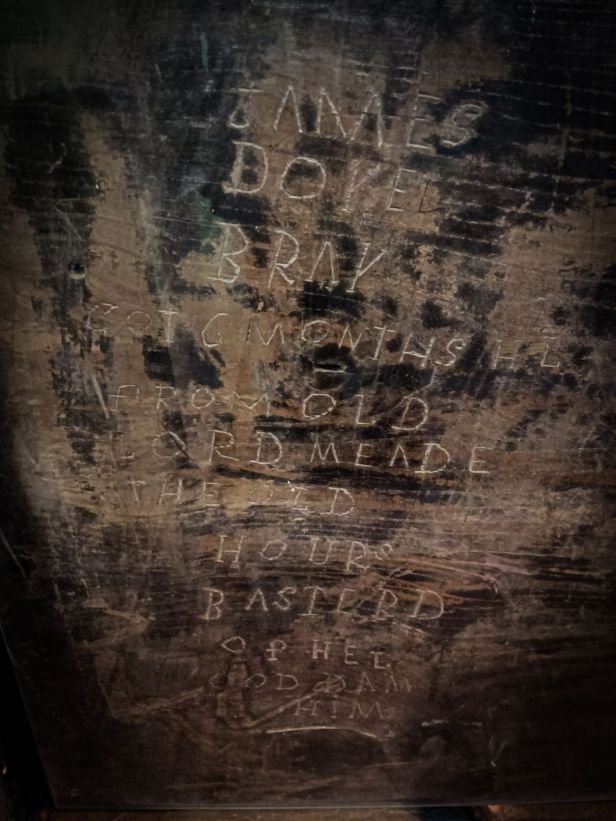
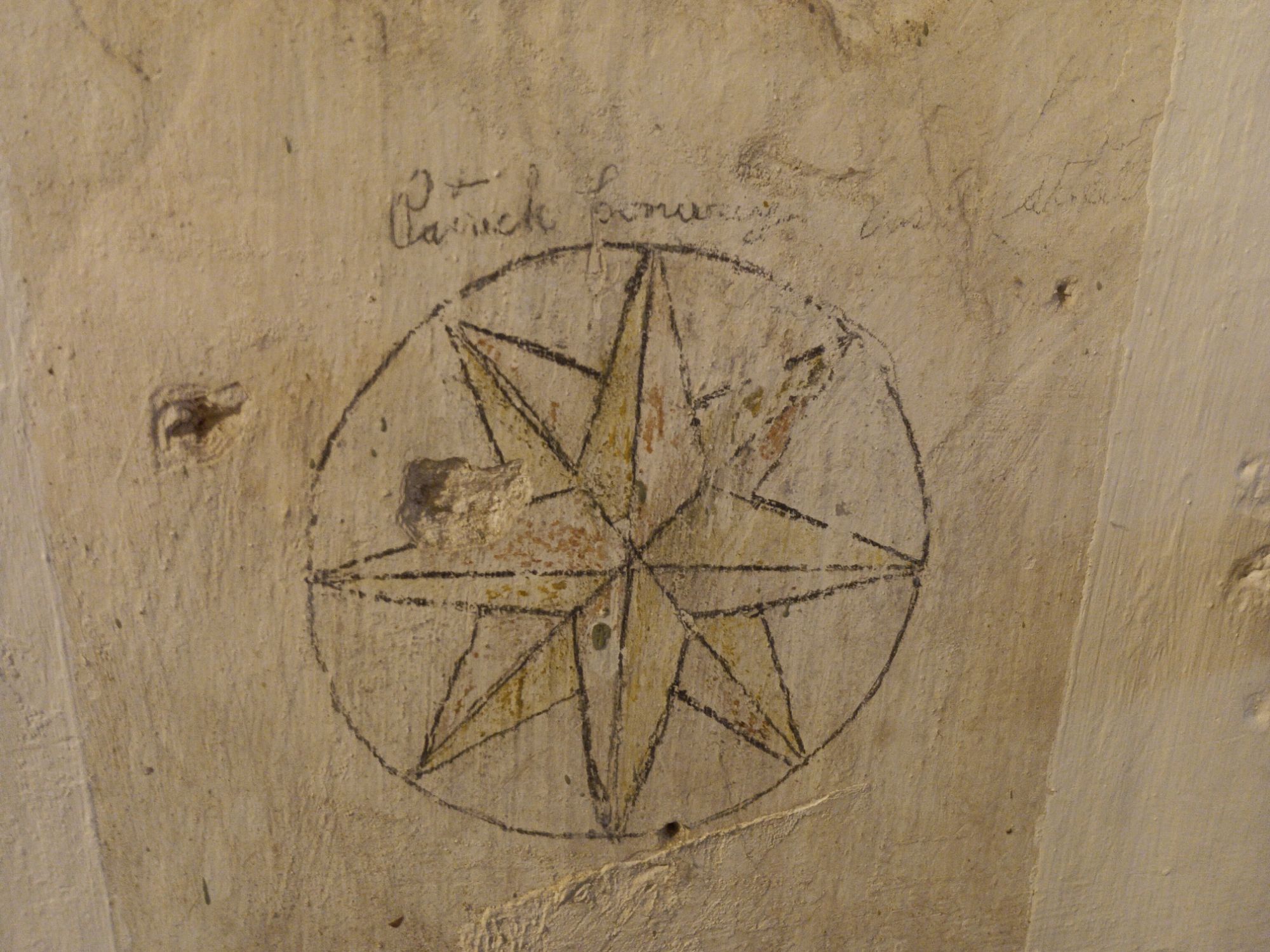
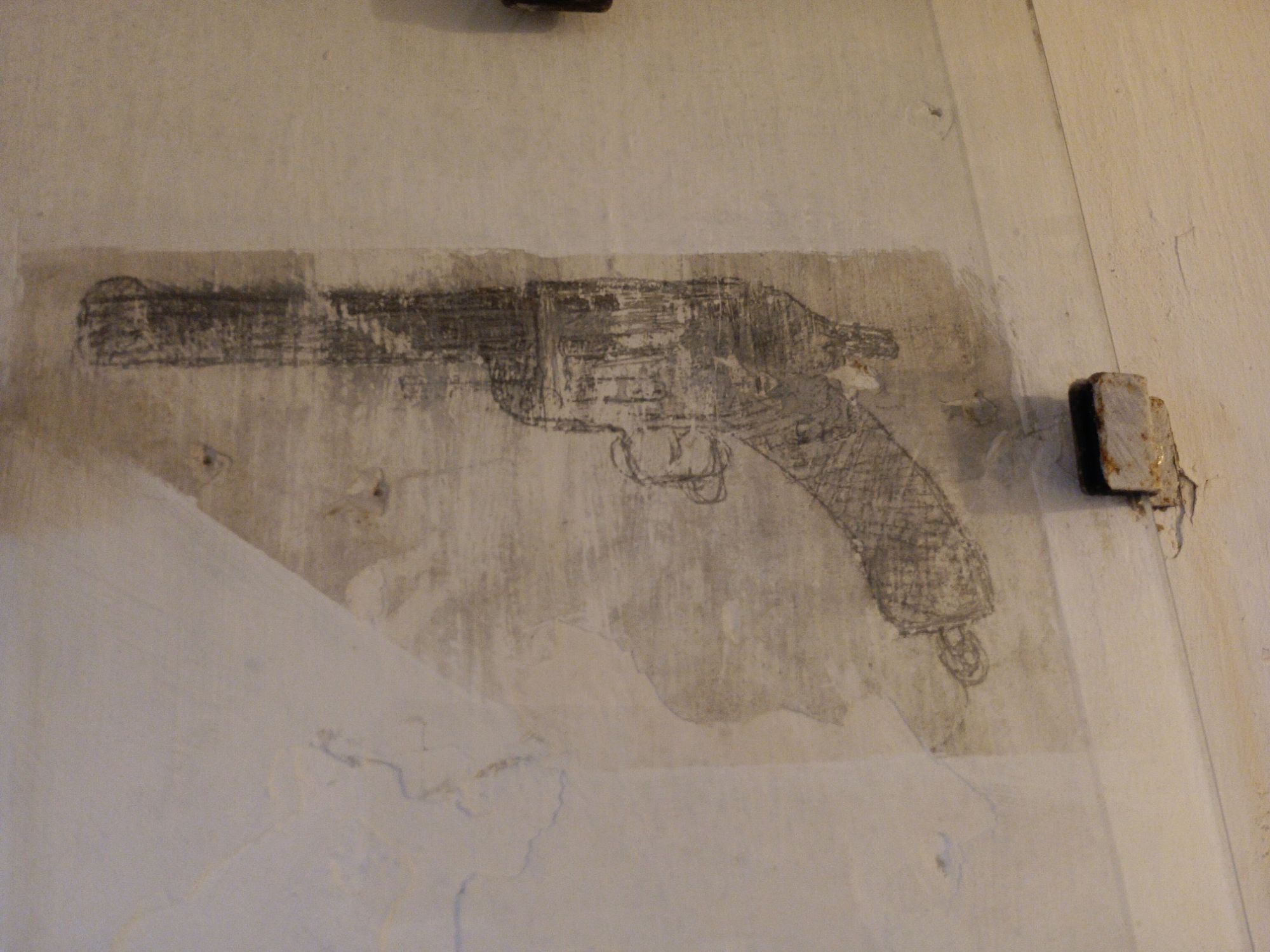
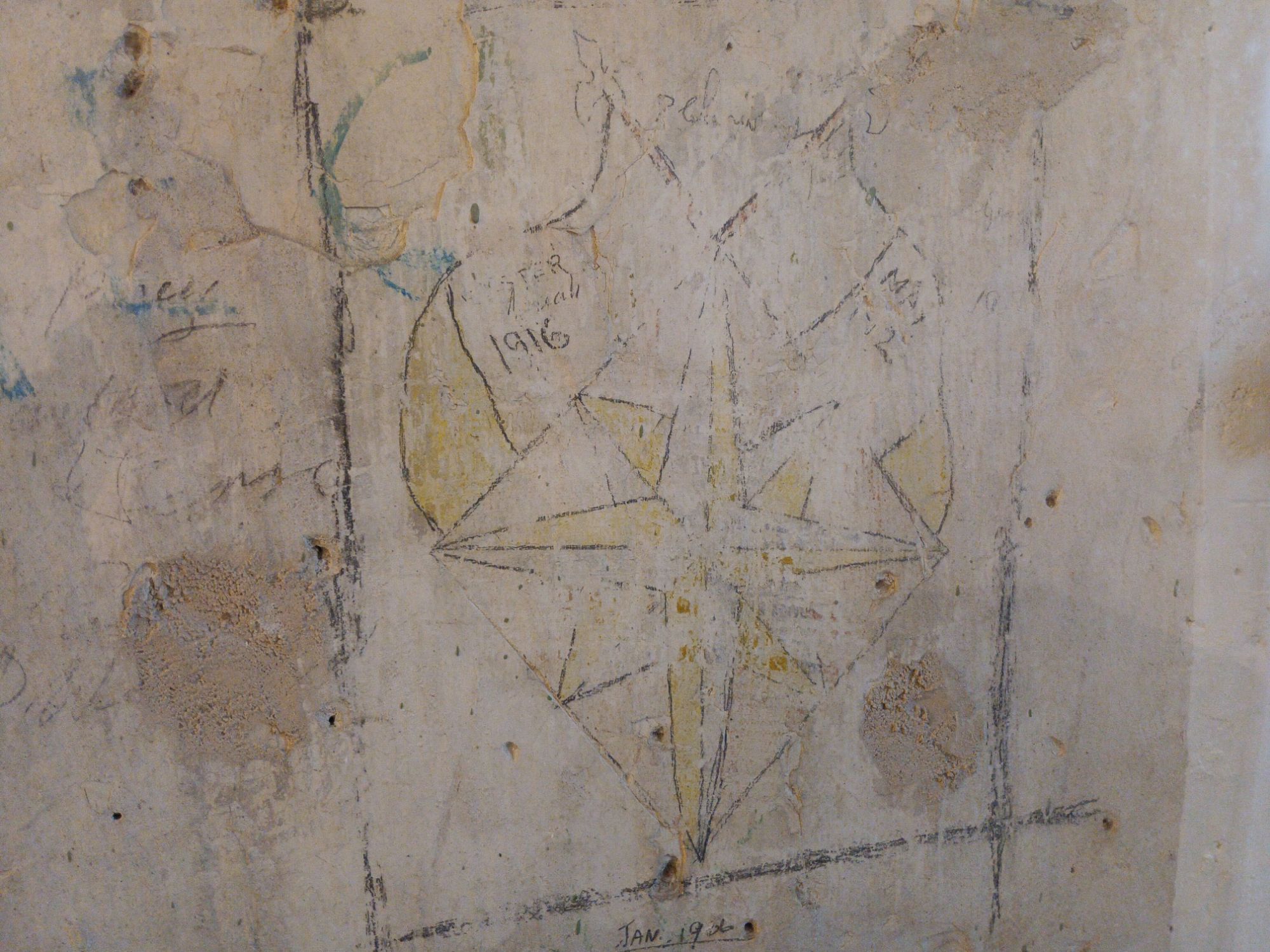
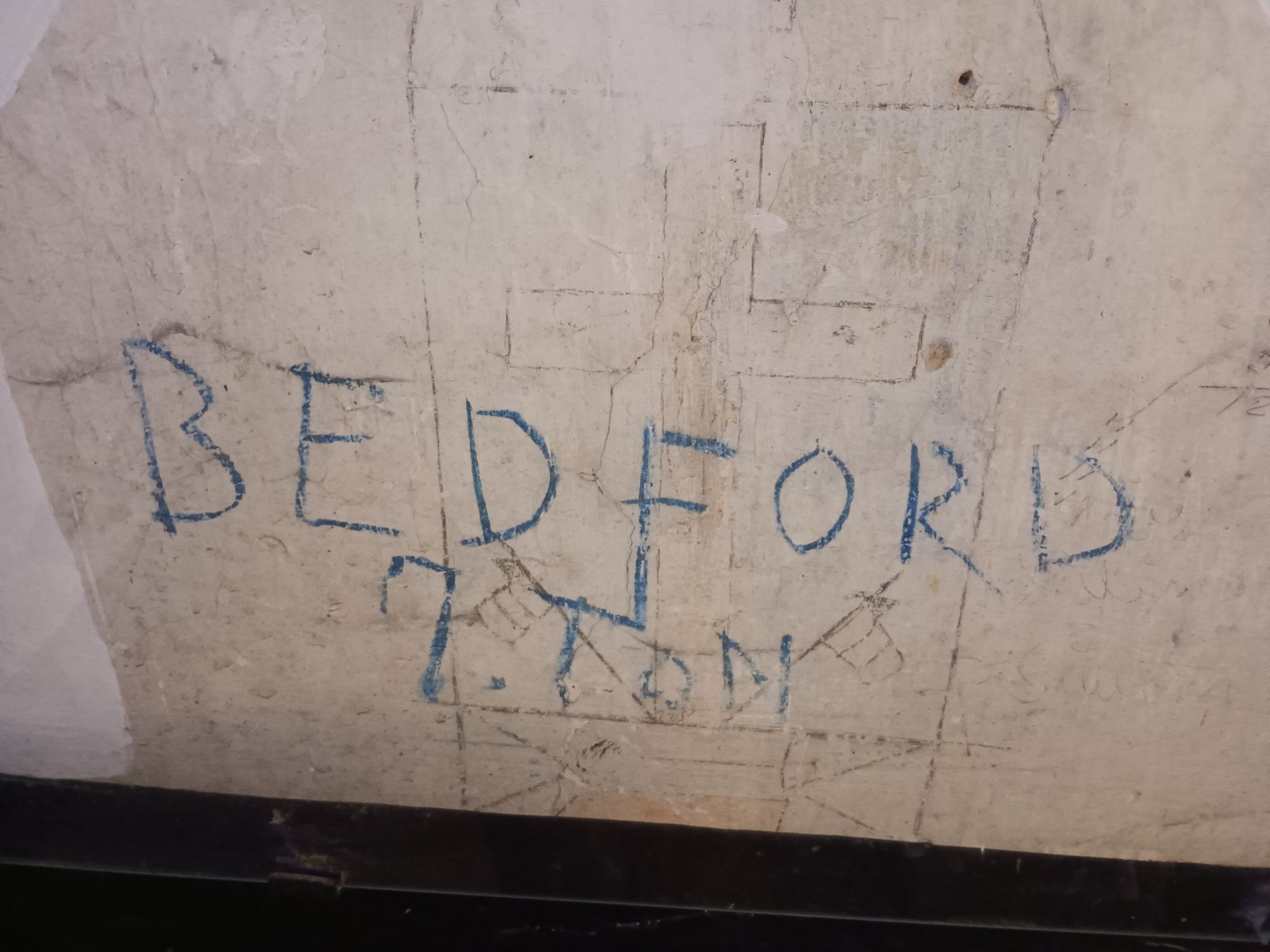
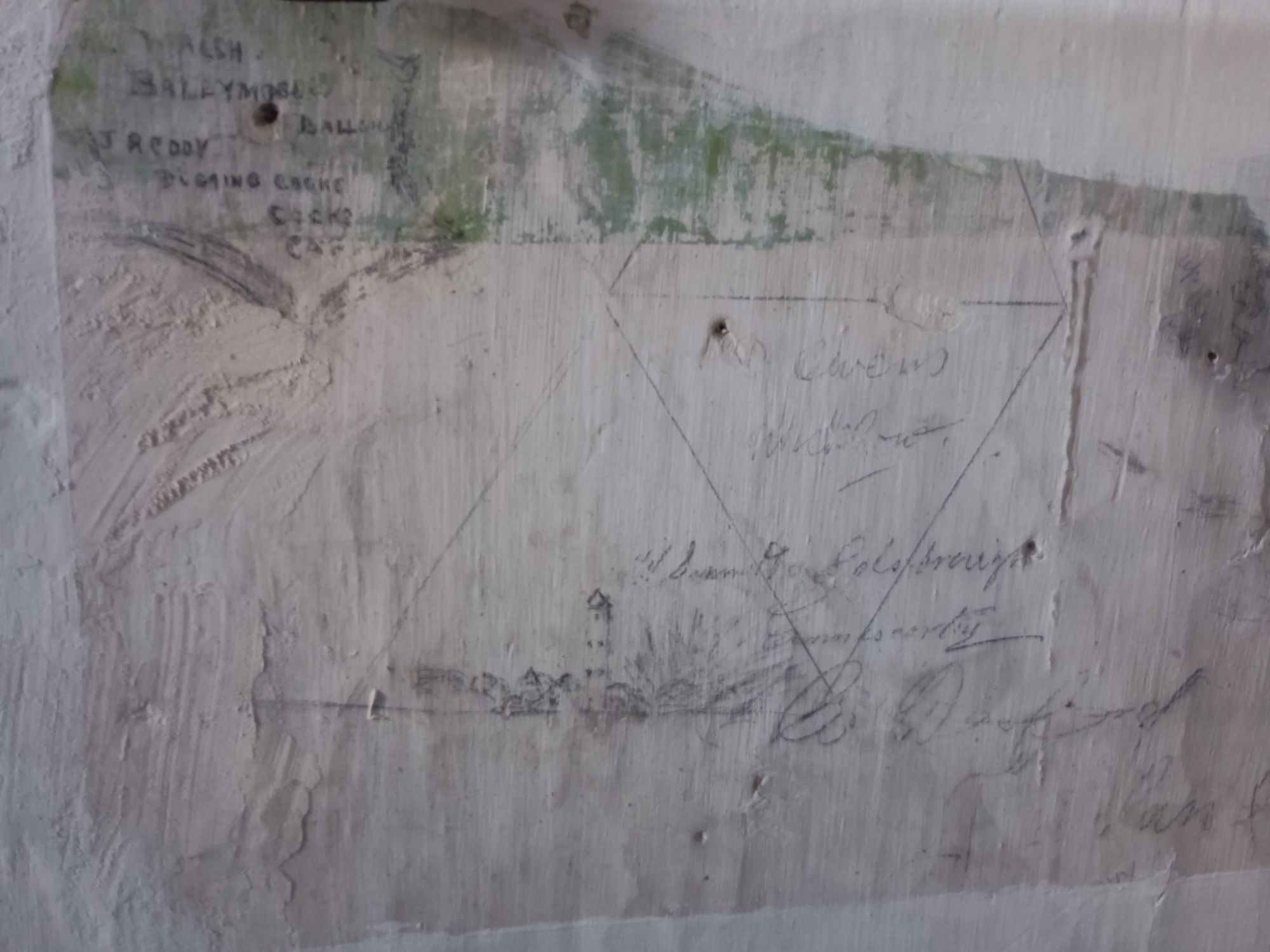
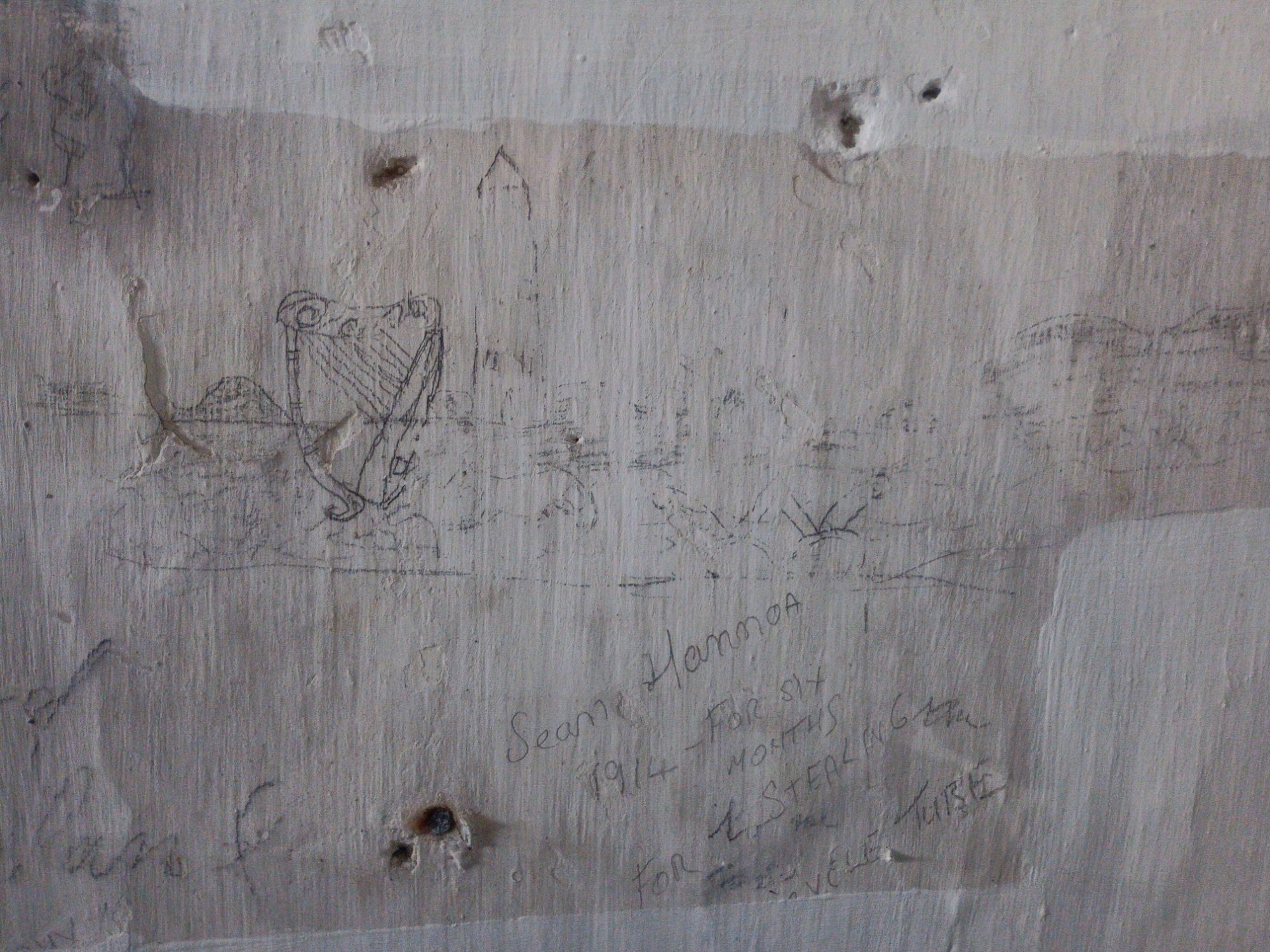
The Death Penalty
The death penalty was often used with the last person to be hanged here being James Askins for the crime of murder. Billy Byrne a well known rebel leader was convicted here and sentenced to death not on site but nearby. Two female highway robbers were hanged from the gallows we passed under on the way in back in 1792 and in rather grisly fashion also nine youths who were reportedly hung in pairs in two hour gaps, bar the one of the nine who hung alone. Feet dangling over the stones below as they either died from snapped vertebrae if they were lucky or strangulation if they were not.
I have to admit emerging from this building into the full daylight is like having a bit of a weight lifted, it’s history is extremely grim. I can see why they do ghost hunts here, and on that note we are off to the pub.
Would you spend a night here?

